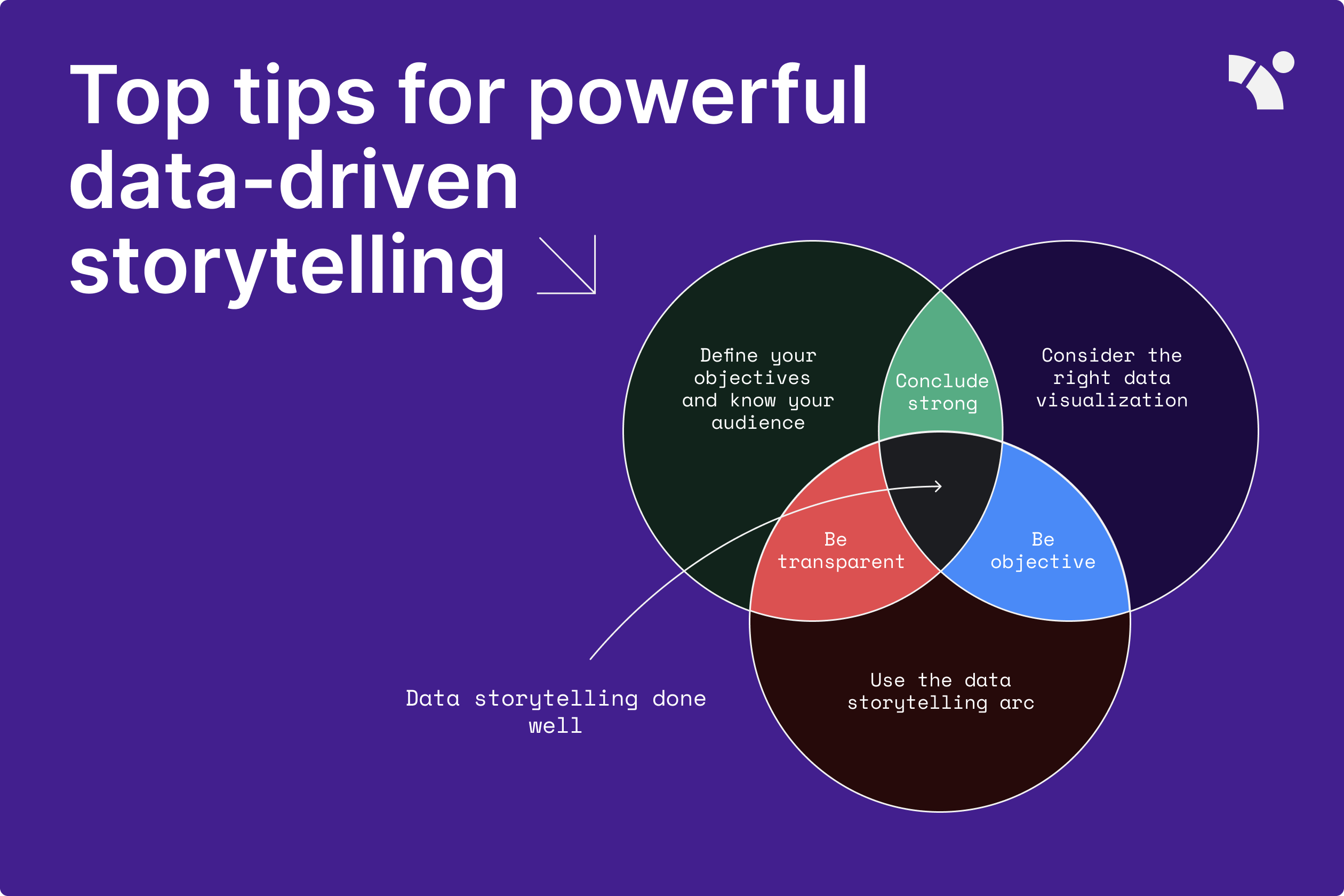After meticulous analysis and extensive research, we have compiled this guide to enable businesses in leveraging the power of storytelling in the digital age. As you delve into this guide, you will gain valuable insights into how to create captivating content that drives results and fosters meaningful connections with your target audience.
Key Takeaways:
| Key Difference | Explanation |
|---|---|
| Storytelling vs. Content Creation | Storytelling focuses on crafting narratives that evoke emotions and create connections, while content creation encompasses a broader range of content formats, including articles, videos, and infographics. |
| Digital Storytelling Platforms | Digital platforms like social media, websites, and email marketing offer unique opportunities to engage audiences with interactive and immersive storytelling experiences. |
| Metrics for Success | Measuring the effectiveness of storytelling requires tracking metrics such as engagement, conversion rates, and brand sentiment to assess the impact on business objectives. |
Transition to Main Article Topics:
FAQ
This FAQ section aims to clarify common misconceptions and provide guidance on utilizing storytelling techniques effectively in the digital age.

CAPTIVATING STORYTELLING - lisaakesson.com - Source lisaakesson.com
Question 1: What is the significance of storytelling in digital content?
Storytelling establishes an emotional connection with the audience, making content more engaging and memorable. By weaving narratives into digital campaigns, brands can build stronger bonds with their target audience.
Question 2: How can storytelling enhance digital marketing campaigns?
Storytelling can increase brand awareness, generate leads, and drive conversions. By captivating the audience with compelling narratives, brands can effectively communicate their value proposition and inspire action.
Question 3: What are some effective digital storytelling formats?
Videos, podcasts, infographics, and interactive content are all suitable formats for digital storytelling. The choice of format should align with the target audience, the message being conveyed, and the platform being used.
Question 4: How to measure the success of digital storytelling?
Metrics such as engagement rates, conversion rates, and brand lift can be used to evaluate the effectiveness of digital storytelling campaigns. By tracking these metrics, organizations can optimize their content and maximize its impact.
Question 5: What are the challenges of storytelling in the digital age?
The abundance of content, the declining attention spans of the audience, and the need for constant innovation pose challenges to digital storytelling. However, by understanding these challenges and adopting best practices, organizations can overcome them.
Question 6: How to stay updated with the latest trends in digital storytelling?
Attending industry events, reading reputable publications, and staying active on social media platforms can help organizations keep pace with the latest storytelling trends and techniques.
By understanding these key aspects of digital storytelling, organizations can leverage its power to captivate audiences, build stronger connections, and drive meaningful business outcomes.
To delve deeper into the art of storytelling in the digital age, explore additional resources and insights within this comprehensive guide.
Tips
To craft captivating and effective stories that resonate with audiences in the digital age, there are several key tips that can be applied. These include:
Tip 1: Know Your Audience
Understanding your target audience's demographics, interests, and pain points is crucial for crafting a story that resonates with them. Conduct thorough research and market analysis to gain insights into their motivations, fears, and aspirations.
Tip 2: Create a Compelling Narrative
Developing a strong narrative structure with a clear beginning, rising action, climax, falling action, and resolution is essential for engaging audiences. Use a variety of storytelling techniques, such as conflict, tension, and suspense, to captivate attention and keep readers invested.
Tip 3: Leverage Visual Storytelling
Visuals can enhance your story and make it more memorable. Incorporate high-quality images, videos, and infographics into your content to illustrate key points, evoke emotions, and provide a more immersive experience. The Art Of Storytelling In The Digital Age: Unlocking Captivating Content That Drives Results

The Art Of Data Storytelling To Engage And Persuade, 44% OFF - Source barberena.com.mx
Tip 4: Use Data to Track and Measure
To ensure your storytelling efforts are effective, track and measure key metrics such as engagement, conversion rates, and website traffic. Use analytics tools to gather insights into how your audience is interacting with your content and make data-driven decisions to refine your storytelling approach.
Tip 5: Adapt to Different Platforms
Recognize that different digital platforms have unique storytelling formats and requirements. Tailor your content to suit the specific platform, whether it's a blog post, social media update, or video campaign. Optimize your content for each channel to ensure maximum visibility and impact.
By following these tips, organizations can create compelling and effective digital stories that captivate audiences, drive results, and build lasting connections.
The Art Of Storytelling In The Digital Age: Unlocking Captivating Content That Drives Results
In the digital age, storytelling has become an art form that captivates audiences and drives results. To harness its power, it's crucial to master six key aspects:
- Visual Storytelling: Engage through images, videos, and infographics.
- Interactive Narratives: Create immersive experiences that allow user participation.
- Data-Driven Insights: Analyze audience engagement to tailor and optimize content.
- Multiplatform Distribution: Reach wider audiences by adapting stories across platforms.
- User-Generated Content: Empower audiences to share their stories and contribute to the narrative.
- Authenticity and Transparency: Build trust and credibility by presenting stories truthfully.
These aspects are interconnected, with each enhancing the impact of the others. Visual storytelling captures attention, while interactive narratives foster engagement. Data-driven insights guide content decisions, and multiplatform distribution amplifies reach. User-generated content builds community, and authenticity creates a strong connection with the audience. By mastering these aspects, marketers, communicators, and content creators can unlock the transformative power of storytelling in the digital age.

Storytelling by snoprincess on DeviantArt - Source snoprincess.deviantart.com
The Art Of Storytelling In The Digital Age: Unlocking Captivating Content That Drives Results
Storytelling has always been a powerful tool for communicating and engaging audiences. In the digital age, where attention spans are shorter and content is constantly competing for our attention, storytelling has become more important than ever. To succeed in this new digital landscape, businesses and marketers need to master the art of storytelling to create captivating content that drives results.

Storytelling - Nexus Communications - Source nexuscommunications.com
Effective storytelling in the digital age involves understanding the unique characteristics of the digital medium and tailoring content accordingly. For example, visual storytelling is particularly effective in capturing attention and conveying information quickly and efficiently. Interactive storytelling allows audiences to engage with content in a more immersive and personalized way. Data-driven storytelling can help marketers measure the effectiveness of their storytelling efforts and make data-informed decisions about content creation.
There are many benefits to using storytelling in digital marketing. By creating captivating content that resonates with audiences, businesses can build stronger relationships with customers, increase brand awareness, and drive sales. Storytelling can also help businesses differentiate themselves from competitors and establish themselves as thought leaders in their industry.
If you're looking to improve your storytelling skills in the digital age, there are a few key things to keep in mind. First, focus on creating content that is relevant to your audience's interests and needs. Second, use storytelling techniques to engage your audience and make your content more memorable. Third, use visuals and other multimedia elements to enhance your storytelling and make it more visually appealing. Finally, measure the results of your storytelling efforts and make adjustments as needed.
By following these tips, you can create captivating content that drives results in the digital age.
| Element | Description |
|---|---|
| Relevance | Your content should be relevant to your audience's interests and needs. |
| Engagement | Use storytelling techniques to engage your audience and make your content more memorable. |
| Visuals | Use visuals and other multimedia elements to enhance your storytelling and make it more visually appealing. |
| Measurement | Measure the results of your storytelling efforts and make adjustments as needed. |
